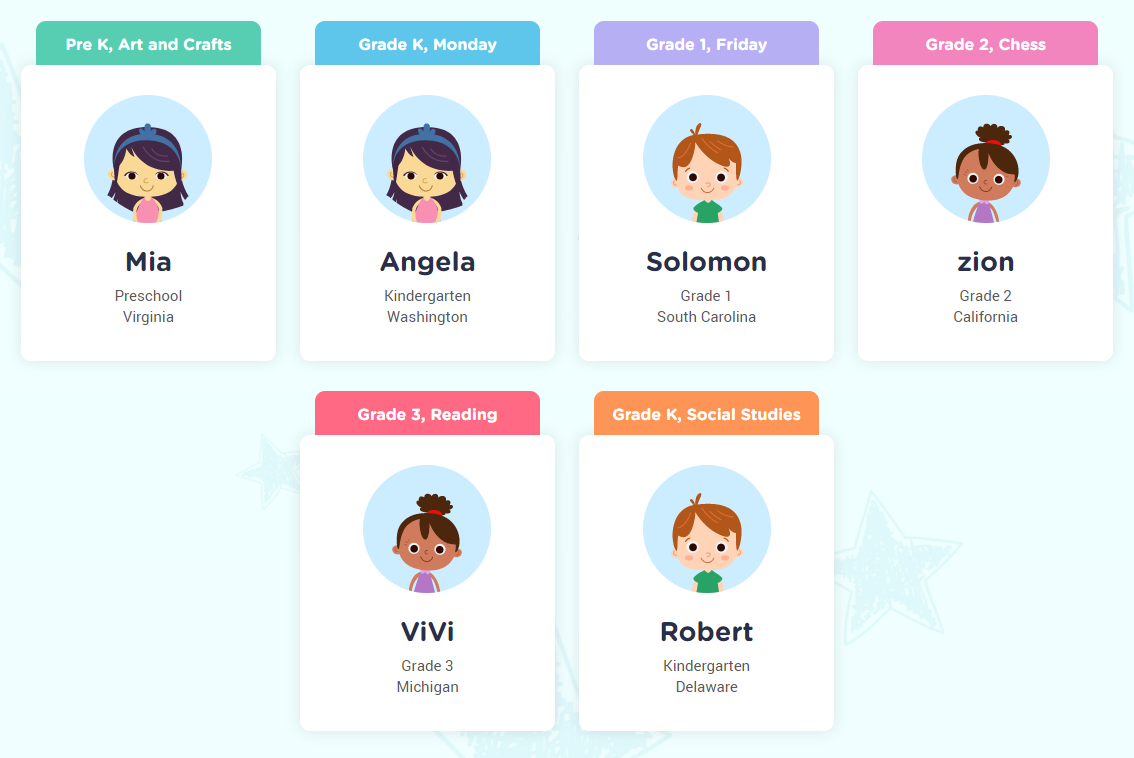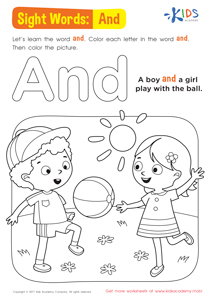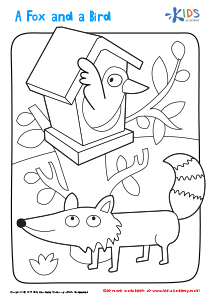Easy Upper & Lowercase Letters worksheets activities for 5-Year-Olds
2 filtered results
-
From - To
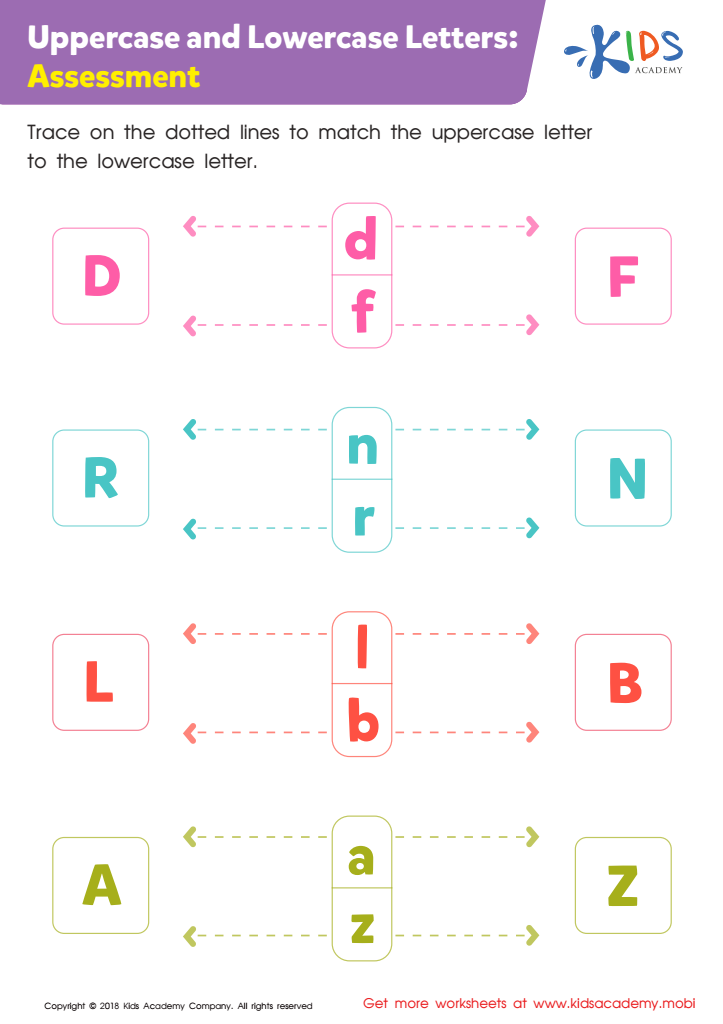

Uppercase and Lowercase Letters: Assessment Worksheet
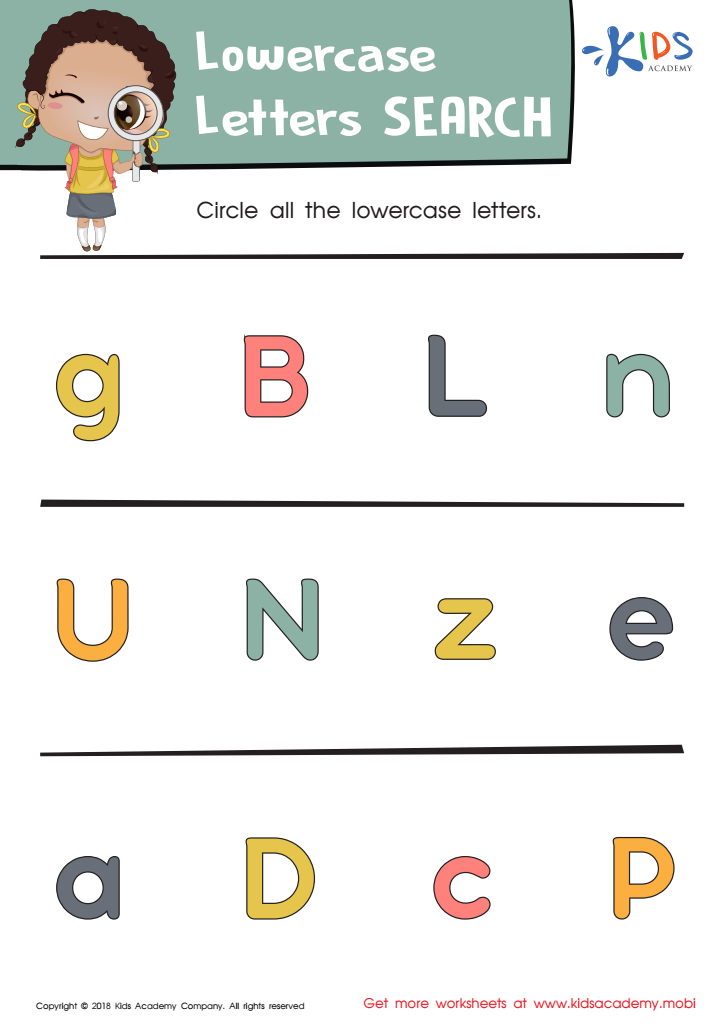

Lowercase Letters Search: Assessment Worksheet
Easy Upper & Lowercase Letters worksheets activities are an invaluable tool for early literacy development for several reasons. These activities are not just about recognizing letters; they are about understanding the fundamental building blocks of reading and writing. Let's delve into why these worksheets are so beneficial.
Firstly, Easy Upper & Lowercase Letters worksheets activities help young learners distinguish between uppercase and lowercase letters, which is essential for reading and writing fluency. This distinction is crucial because it aids children in recognizing the difference in contexts where letters appear, for instance, at the beginning of sentences or in proper nouns, fostering a deeper understanding of grammatical rules from an early age.
Moreover, these activities enhance fine motor skills. As children trace and write letters, they develop hand-eye coordination and pencil control, which are vital for writing. The simplicity of these worksheets makes the learning process enjoyable and less intimidating for beginners, encouraging continuous practice and improvement.
Additionally, Easy Upper & Lowercase Letters worksheets activities support cognitive development. They require children to engage in critical thinking as they match uppercase letters to their lowercase counterparts, strengthening memory and recognition skills. This foundational knowledge supports future learning, including reading comprehension and vocabulary expansion.
Incorporating these activities into a child's learning routine can also boost confidence. Completing worksheets provides a sense of accomplishment, motivating learners to tackle more challenging tasks. This positive reinforcement is key to fostering a lifelong love of learning.
In conclusion, Easy Upper & Lowercase Letters worksheets activities are a cornerstone of early literacy education. They provide a structured yet flexible approach to learning that supports critical developmental milestones. By integrating these activities into educational settings, we can give children the tools they need to succeed in reading, writing, and beyond.
 Assign to the classroom
Assign to the classroom

